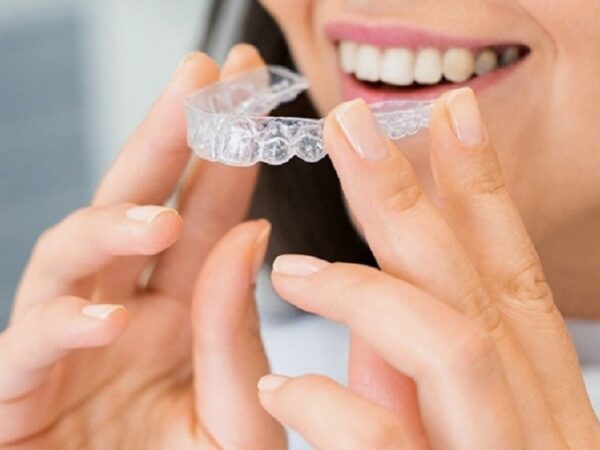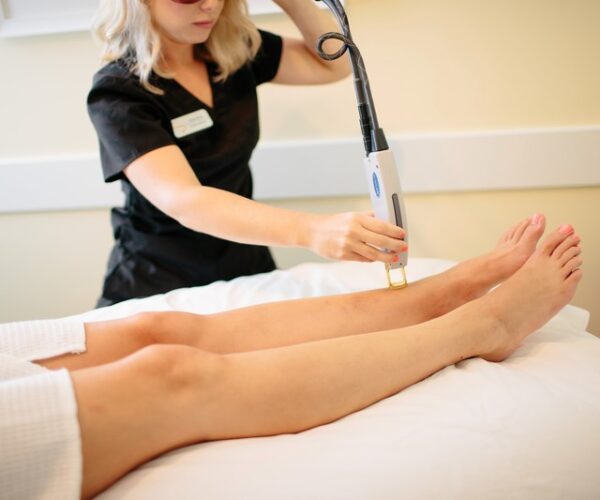Orthodontic treatment has come a long way from the days when traditional orthodontic braces were the only option for correcting dental misalignments. Today, patients have a choice between aligners and fitted braces, both offering effective solutions for achieving a straighter smile. However, the decision between these two options can be daunting.
In this article, we will compare aligners and fitted braces, investigating various aspects to help you make the best choice that suits your orthodontic needs and preferences.
Aesthetics
One of the most significant differences between aligners and fitted braces lies in their appearance. Aligners, such as Invisalign London, are nearly invisible and are made of clear plastic, making them a discreet option for individuals who are self-conscious about their appearance during treatment. On the other hand, traditional metal braces are more noticeable due to their metal wires and brackets. However, advances in orthodontic treatments have led to the development of ceramic braces, which are less conspicuous than metal braces and can blend in with the natural colour of teeth simply because the brackets are either clear or tooth coloured.
Comfort and convenience
Comfort is a key factor for everyone to consider when choosing an orthodontic treatment. Aligners are custom-made for each patient and are designed to fit comfortably over teeth. They are removable, allowing patients to eat, brush, and floss without any restrictions. Additionally, there are no wires or brackets to cause discomfort or irritation.
Fitted braces, on the other hand, may cause initial discomfort as patients get used to the sensation of the wires and brackets against their cheeks and lips. As well as this, braces may often feel tight against the teeth, causing potential issues with eating foods, as well as being itchy (yes, that’s a real thing!). Adjustments of fitted braces, such as the introduction of a power chain or different rubber bands, may also lead to soreness. However, advancements in the design of fitted braces, including smoother wires and smaller brackets, have improved the overall comfort of this option.
The Damon brace, for example, is renowned for being more comfortable than older generation braces, as the wires and the brackets are self-ligating, meaning that they tighten and expand as they need to, without causing too much pressure. They are also not heat activated, as older braces are too, meaning that the heat of your mouth will not cause constant soreness.
Treatment duration
The duration of orthodontic treatment will vary widely depending on the severity of the misalignment. In general, aligners may offer a shorter treatment time compared to fitted braces. Aligners work by gradually shifting teeth into their desired positions, and because they are replaced with a new set every few weeks, they can provide more efficient tooth movement. Fitted braces, however, may require longer treatment times due to the need for periodic adjustments to ensure teeth are moving as planned.
Treatment complexity
Aligners are particularly effective for mild to moderate cases of dental misalignment. They are not suitable for treating more complex orthodontic issues such as severe overcrowding or significant bite problems. Fitted braces, including metal and ceramic options, have the ability to correct a broader range of orthodontic concerns, making them a better choice for individuals with more complex misalignments.
Maintenance and oral hygiene
Maintaining high levels of oral hygiene during orthodontic treatment is crucial to prevent dental issues such as cavities and gum disease. Aligners offer the advantage of being removable, which makes brushing and flossing more straightforward. Patients can continue their regular oral cleaning routine without any major adjustments. Fitted braces, however, require extra attention to clean, as food particles can get trapped around the brackets and wires. Special tools like interdental brushes or water flossers may be necessary to ensure thorough cleaning.
Dietary restrictions
With aligners, there are minimal dietary restrictions since they are removed during meals. Patients can continue to eat their favourite chewy or hard foods without worrying about damaging the aligners. On the other hand, patients with fitted braces are advised to avoid certain foods that could potentially damage the brackets or wires. Sticky, hard, or crunchy foods should be consumed with caution to prevent any orthodontic mishaps.
Cost considerations
The cost of orthodontic treatment can vary significantly depending on factors such as location, the complexity of the case, and the type of treatment chosen. Aligners are often perceived as being more expensive than traditional braces. However, the cost difference can be attributed to the convenience and aesthetic benefits that aligners offer. Fitted braces may be a more affordable option, but it’s essential to consider long-term factors such as maintenance and treatment duration when evaluating costs.




